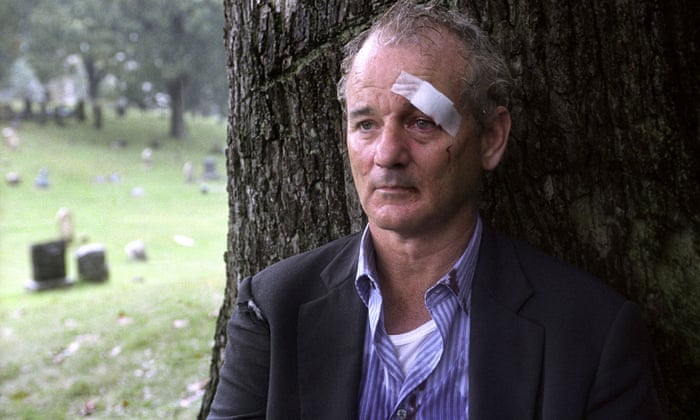I love great art, no matter the medium.

I love great art, no matter the medium.

I love great art, no matter the medium.

I love great art, no matter the medium.

I love great art, no matter the medium.


Dolphins jump out of the water close to the Military Sealift Command dry cargo and ammunition ship USNS Alan Shepard. (Photo: U.S. Navy/Flickr)
Two years ago, tattoo artist Flavia Carvalho was contacted by a woman who wanted to cover a large scar on her abdomen with a tattoo. The woman's story — a man stabbed her with a switchblade in a nightclub after she turned down his advances — was heart-wrenching. After tattooing the woman and seeing the joy and relief in her reaction, Flavia realized that her ink and needles could be used in a new way: to heal.

Flavia Carvalho has been giving back in an awesome way. All photos via Flavia's Facebook page and are used with permission.

The secret of how our mind processes emotional pain ought to change our outlook, says psychologist Sian Beilock

Social exclusion is a normal part of life. We have all, at one time or another, felt disliked at work, spurned by a partner or snubbed by friends. Even though it’s unpleasant, social rejection seems pretty different from a physical injury. Yet these experiences share a common biological substrate in the brain.
For decades, neuroscientists have been aware that a specific brain circuit is involved in registering physical pain. Whether you get pricked with a needle or sprain your ankle, many of the same neural circuits come alive to process the pain: the insula, the cingulate cortex and the somatosensory cortex. Scientists have discovered that some of those same neural tissues also give rise to painful feelings and emotions. In other words: we understand “hurt feelings” or a “broken heart” physically.

